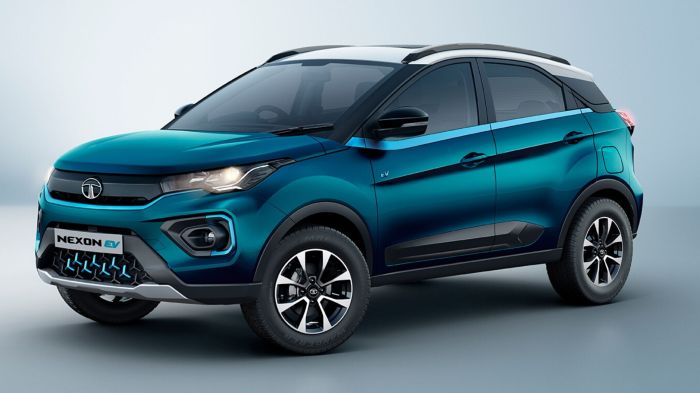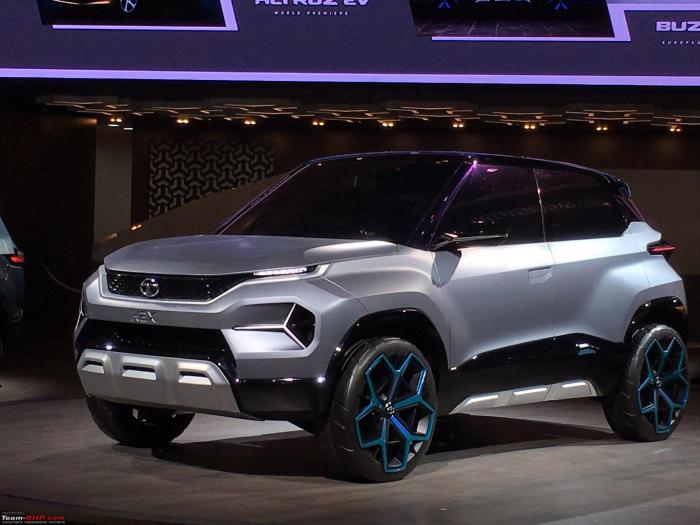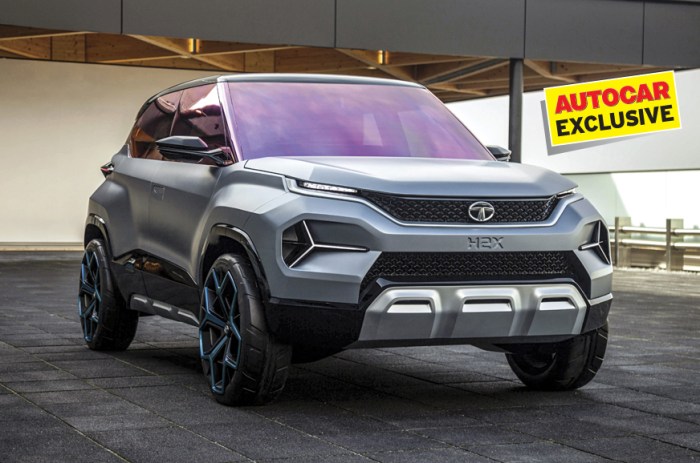All New SUV Car Price in India
The All-New SUV Car Market in India: All New Suv Car Price In India
All new suv car price in india – The Indian SUV market is experiencing robust growth, driven by increasing disposable incomes, evolving consumer preferences, and a wide range of models catering to diverse needs and budgets. This article delves into the current state of this dynamic market, examining price ranges, influencing factors, and future trends.
Overview of the Indian SUV Market

Source: mashable.com
The Indian SUV market is a highly competitive landscape dominated by both domestic and international manufacturers. Several factors contribute to the pricing of SUVs in India, including government taxes (like GST), import duties (for imported components or completely built units), manufacturing costs (labor, materials, and operational expenses), and the fluctuating value of the Indian Rupee against foreign currencies. These factors interplay to determine the final price a consumer pays.
| Manufacturer | Market Share (%) | Popular Models | Price Range (INR Lakhs) |
|---|---|---|---|
| Maruti Suzuki | 25 | Brezza, S-Cross, Grand Vitara | 7-20 |
| Hyundai | 20 | Creta, Venue, Tucson | 10-30 |
| Tata Motors | 18 | Nexon, Harrier, Safari | 8-25 |
| Mahindra & Mahindra | 15 | Scorpio, XUV700, Thar | 10-30 |
| Kia | 12 | Seltos, Sonet, Carens | 10-25 |
Price Ranges of All-New SUVs, All new suv car price in india
All-new SUVs in India are broadly categorized into budget, mid-range, and luxury segments, each offering varying features and specifications.
| SUV Model | Starting Price (INR Lakhs) | Engine Type | Key Features |
|---|---|---|---|
| Maruti Suzuki Brezza | 8 | Petrol | Compact size, fuel efficiency, basic safety features |
| Hyundai Venue | 8 | Petrol/Diesel | Smart connectivity, stylish design, multiple engine options |
| Tata Nexon | 7 | Petrol/Diesel/EV | Safety features, spacious interior, competitive pricing |
| Mahindra XUV300 | 9 | Petrol/Diesel | Powerful engine, advanced safety features, sporty design |
| Kia Sonet | 7 | Petrol/Diesel | Feature-rich, compact design, strong brand appeal |
| Hyundai Creta | 11 | Petrol/Diesel | Spacious, feature-rich, popular choice |
| Tata Harrier | 15 | Diesel | Large SUV, commanding road presence, premium feel |
| Mahindra XUV700 | 14 | Petrol/Diesel | Advanced features, powerful engine, spacious cabin |
| MG Astor | 10 | Petrol | AI assistant, panoramic sunroof, advanced safety |
| Toyota Hyryder | 11 | Petrol/Strong Hybrid | Fuel efficiency, hybrid technology, reliable performance |
Factors Affecting SUV Prices

Source: team-bhp.com
Several factors significantly influence the pricing of SUVs. Fuel type plays a crucial role; electric vehicles generally command higher prices due to battery technology costs, while petrol and diesel variants are influenced by fluctuating fuel prices and engine complexity. Vehicle size directly correlates with price; larger SUVs with more space and features are typically more expensive. Advanced safety features (like ADAS) and technological advancements (like connected car technology) also increase the overall cost.
Automatic transmissions typically add to the cost compared to manual transmissions due to increased manufacturing complexity.
Comparison of Popular All-New SUVs
Let’s compare three popular all-new SUVs: Hyundai Creta, Tata Harrier, and Mahindra XUV700.
| Feature | Hyundai Creta | Tata Harrier | Mahindra XUV700 |
|---|---|---|---|
| Price (INR Lakhs) | 11-20 | 15-22 | 14-26 |
| Engine | Petrol/Diesel | Diesel | Petrol/Diesel |
| Fuel Efficiency (kmpl) | 15-20 | 15-18 | 13-17 |
| Features | Feature-rich infotainment, spacious cabin | Premium interior, commanding road presence | Advanced safety features, panoramic sunroof |
Hyundai Creta: Pros – Feature-packed, fuel-efficient, widely available. Cons – Might lack some of the premium feel of its competitors.
The price range for all-new SUVs in India is quite broad, varying greatly depending on features and brand. For a different perspective on pricing in the Indian automotive market, you might check out the accent car new model price , which offers a comparison point. Returning to SUVs, the final price often depends on additional packages and current market conditions.
Tata Harrier: Pros – Premium interior, commanding road presence, good value for money. Cons – Limited engine options, less fuel-efficient than some competitors.
Mahindra XUV700: Pros – Advanced features, powerful engine, spacious cabin. Cons – Higher price point, can be less fuel-efficient.
Illustrative Examples of All-New SUVs
This section provides detailed descriptions of specific all-new SUVs across different price brackets.
Budget SUV (e.g., Maruti Suzuki Brezza): The Brezza offers a compact and fuel-efficient design, with a focus on practicality. Its exterior is characterized by sharp lines and a modern aesthetic, while the interior is functional and well-equipped with essential features.
Mid-Range SUV (e.g., Hyundai Creta): The Creta showcases technological advancements, including a large touchscreen infotainment system with smartphone integration and advanced driver-assistance systems. The interior is spacious and comfortable, with premium materials used throughout.
Luxury SUV (e.g., Mahindra XUV700): The XUV700 is a luxury SUV boasting a commanding road presence and a range of advanced features. Its exterior is bold and sophisticated, and the interior is luxuriously appointed with premium materials and advanced technology, such as a panoramic sunroof and ADAS features.
Future Trends in the Indian SUV Market

Source: autocarindia.com
The Indian SUV market is poised for significant change. We can anticipate a greater focus on electric and hybrid vehicles, driven by government initiatives and growing environmental concerns. SUV design will likely move towards more aerodynamic and efficient forms, while technological integration will continue to enhance safety, convenience, and connectivity. Price ranges will likely see fluctuations based on factors like battery technology costs and the availability of imported components.
Consumer preferences are expected to increasingly prioritize safety, fuel efficiency, and technological features.
FAQ Overview
What are the typical financing options available for new SUVs in India?
Financing options commonly include bank loans, auto loans from financial institutions, and in-house financing schemes offered by dealerships. Interest rates and loan terms vary depending on the lender and the buyer’s credit profile.
How often are SUV prices updated in India?
SUV prices can be updated periodically, often due to changes in government regulations, currency fluctuations, or manufacturer pricing strategies. It’s advisable to check with dealerships or online resources for the most current pricing information.
What are the common warranty periods offered on new SUVs in India?
Warranty periods vary by manufacturer and model, typically ranging from 2 to 5 years or a specified mileage limit. It’s crucial to review the specific warranty details provided by each manufacturer.





















